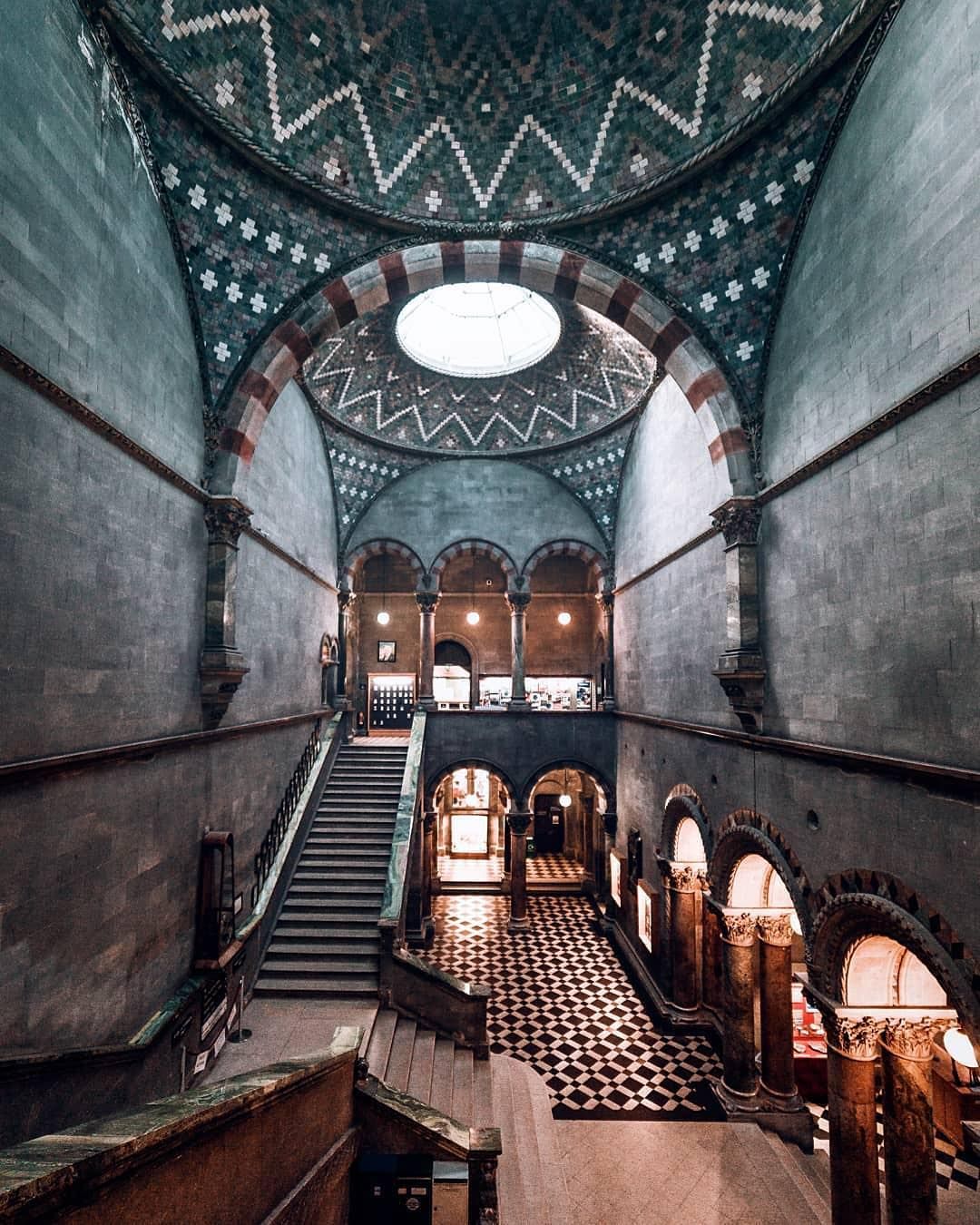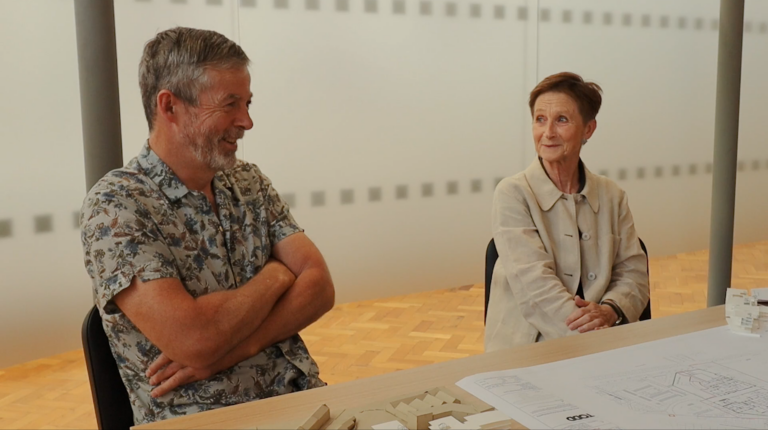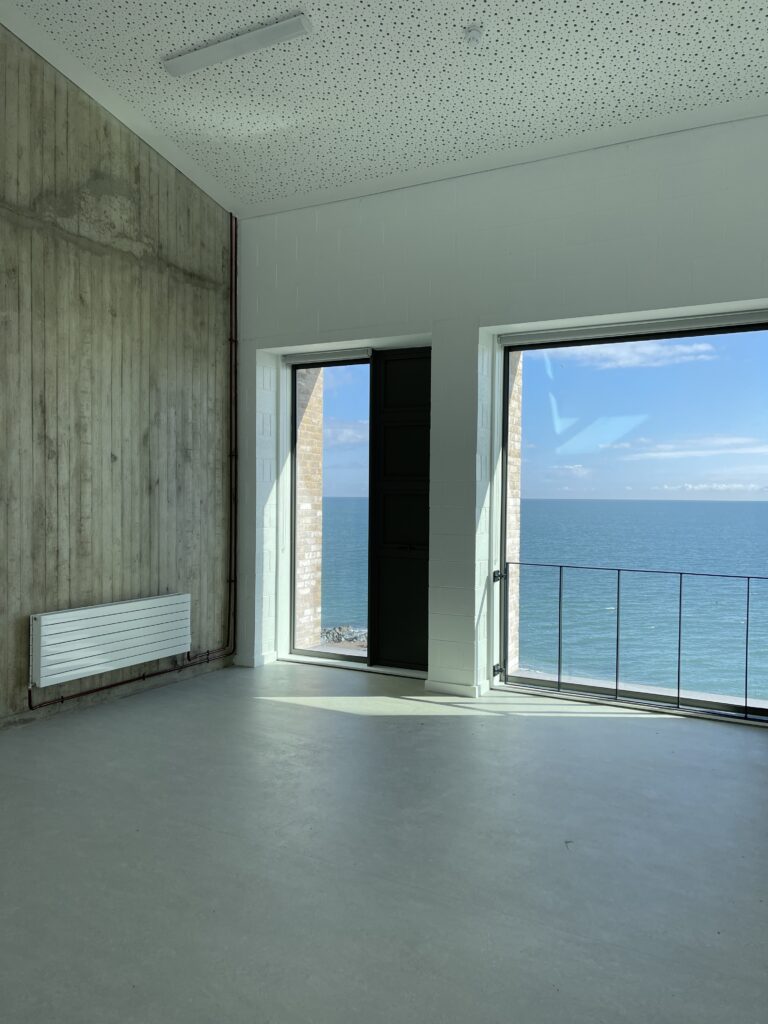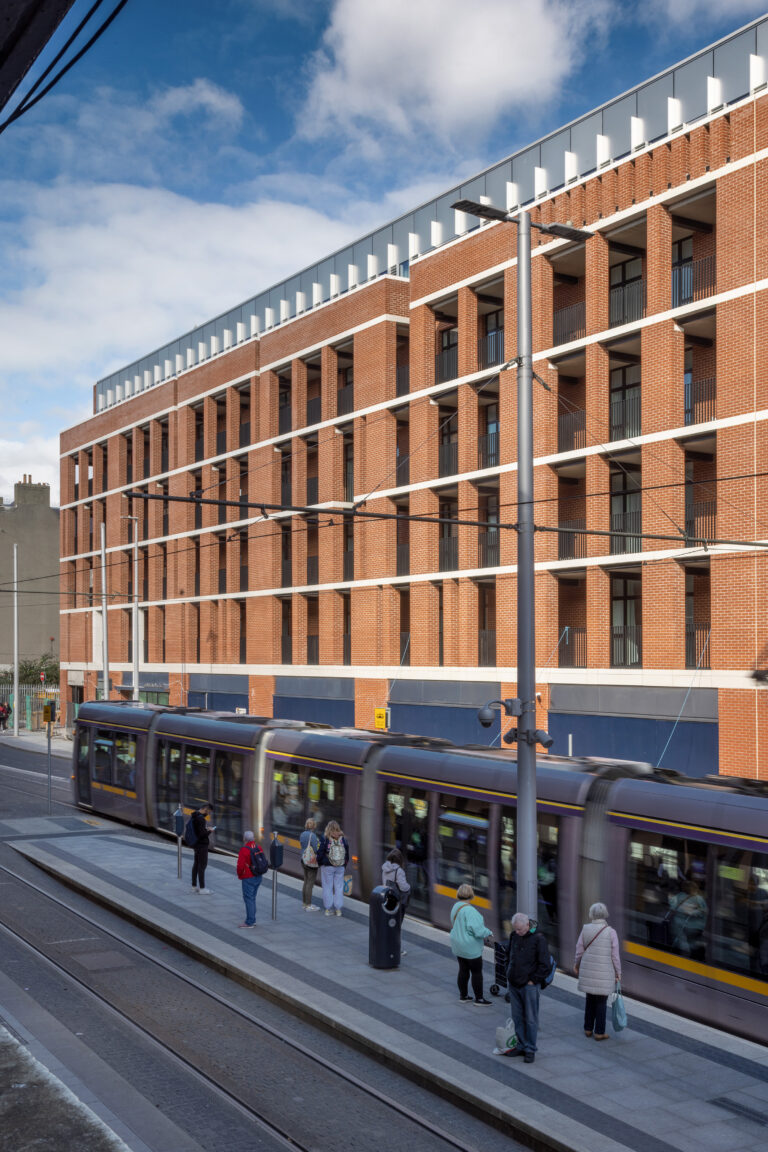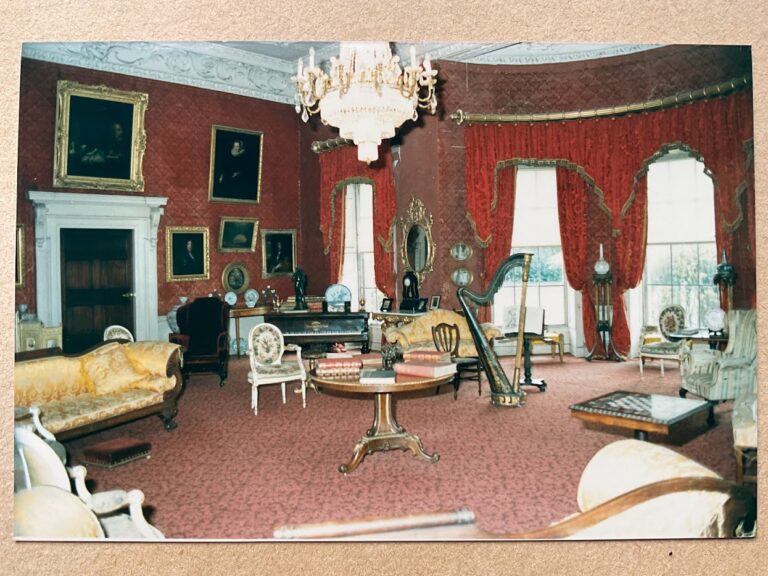Journal •
An OHD Volunteer’s 5 Favourite Buildings in Dublin
After an absence of twenty five years from Dublin, coming back has been like returning to a foreign city. There are so many beautiful buildings that it is very difficult to choose just five.
Take the Museum Building in Trinity College. A magnificent work of art with tons of hidden gems. From the rich columns of Irish marble to the ornate ceiling that has an Islamic resonance, the huge open hallway similar to a club in Pall Mall London, to the huge skeletons of Deer from a Neolithic settlement in west Limerick the mind boggles. And this magnificent structure was built between 1853 and 1857 by two Cork architects Jonathan Deane and Benjamin Woodward. At a book launch recently I was astounded to listen to the author of a bestselling book speaking about how the Museum building was the catalyst for her plot and characters.
Then there is Marsh’s Library , Dublin’s first public library built in 1701.A classical gem with a Victorian iron gateway and steep steps that lead to a charming red brick structure.
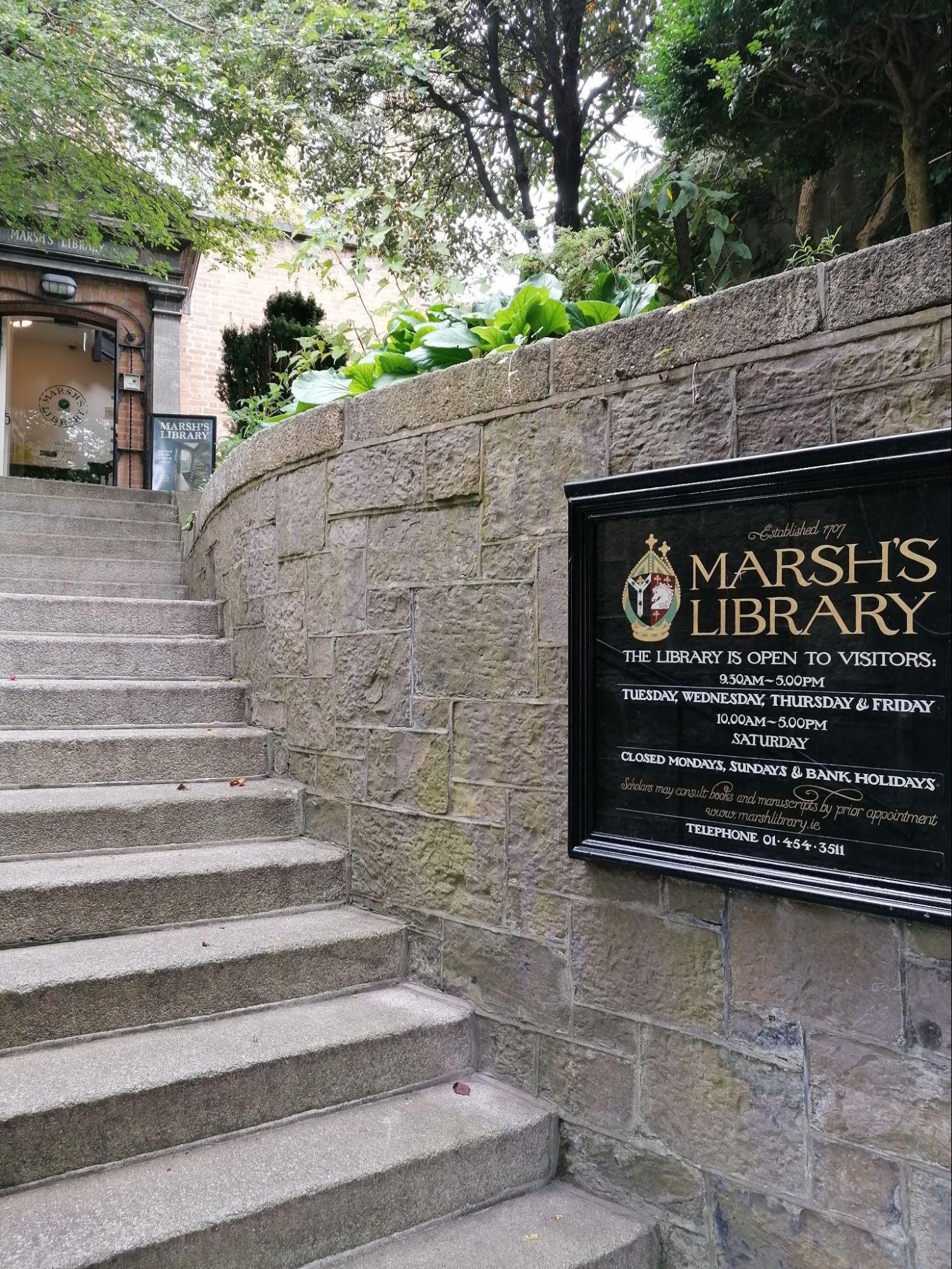
Last summer the librarian allowed a few friends and myself into the private garden where some of us sang Puccini’s O mio babbino caro to the joy of all staff who listened from the windows. It was like a scene from the film A Room with a View. Afterwards, we climbed the original staircase with its barley-sugar balusters up to the library where we were charmed by the dark oak paneling of the galleries, and the rich smell of old leather reminiscent of the long room in Trinity. I was astounded at the detail on the elaborate cages provided for scholars in the past who were locked in with rare and valuable volumes.
The old Parliament House or the Bank of Ireland College Green
Splendour, nobility, majesty are images conjured up when faced with this powerful palatal building. Built in 1729 by Ireland’s greatest architectural genius Pearce to house the Irish parliament. With the Act of Union in 1800 when Ireland would be ruled from Westminster the building was used for art exhibitions and became a military barracks in 1803 during Robert Emmet’s rebellion.
John Ruskin described the Church of St Augustine and St John on Thomas street as a ‘a poem in stone.’ Any time I have ever wandered in to this church the vision of the many spired Gothic altar with its magnificent stained glass windows from Harry Clark lifts me beyond this world to another level. Stained glass windows were called the ‘poor man’s Bible’ in the past. Ironic really, since today they are a veritable source of inspiration and learning.
Ely house built in 1771 is situated in an unspoilt enclave of Georgian streets. The red brick was imported from England, the staircase one of the most remarkable in Dublin, with its rich lavish plaques that represent figures from the Labours of Hercules.
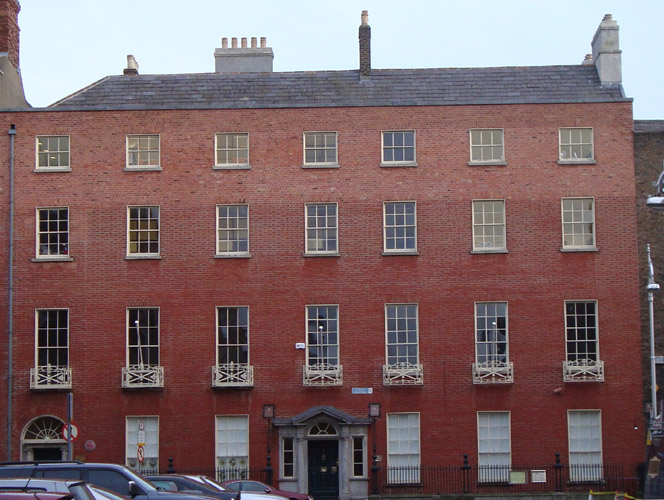
When I come face to face with these buildings I begin to understand what the term ‘aesthetically satisfying’ truly means.
